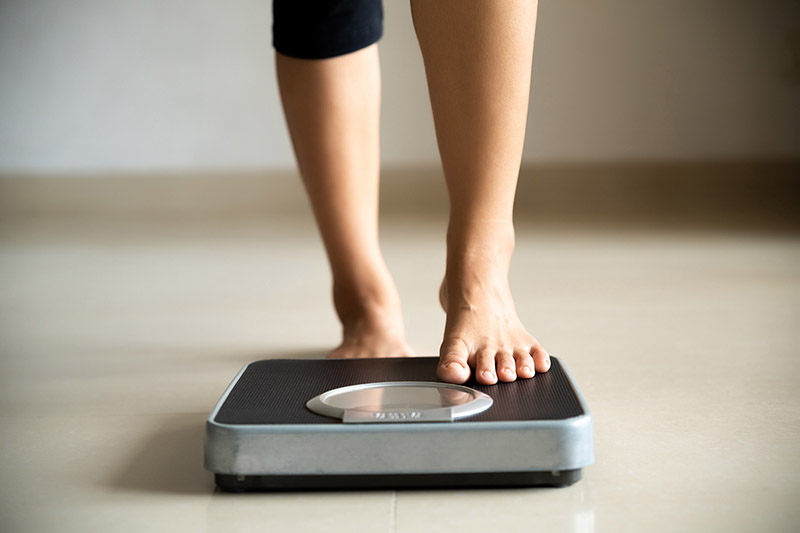What is Belly Fat?
You hear about it all the time, but what is belly fat and why can it pose a risk to your health?

Fat is an important part of the body. It cushions certain organs and provides insulation. But, excess fat in certain areas can create health risks and concerns.
Not all fat is created equal
On most bodies, about 90% of the body fat is subcutaneous. This type of fat sits just below the skin and can add excess weight to your frame and impact your joints. However, it isn’t quite as dangerous as the other type of fat, known as intra-abdominal or visceral fat.
This belly fat sits beneath the firm abdominal wall, surrounding the spaces around the intestines, liver, and other organs. Although intra-abdominal fat only makes up approximately 10% of the total fat on a typical body, it plays a role in many health problems.
As the fat accumulates behind the abdominal wall, it gets stored in a flap of tissue known as the omentum. As it fills with fat, this apron-like tissue flap thickens and becomes harder to the touch. The location of the omentum is beneath the abdominal muscles and near the intestines.
Active cells
The fat on your body, also known as adipose tissue, was long regarded as a storage location for cells as they waited to be used for energy. But research has since found that fat cells are biologically active, and visceral cells are particularly active. The cells that make up the fat storage on the body are part of an endocrine organ that secretes hormones and molecules that can impact other organs and tissues.
Subcutaneous fat isn’t as concerning because it produces a larger number of molecules that actually can benefit the body and its systems. However, visceral fat has been linked to the production of molecules that can cause health problems and concerning side effects.
Excess belly fat has also been linked to an increased risk of dementia and Alzheimer’s disease, type 2 diabetes, asthma, and breast and colorectal cancer.
Belly fat in women and men
Women tend to experience a change in the proportion of fat to body weight during their middle years. The fat percentage increases in women at a faster rate than men and is stored over the thighs and hips, as well as the midsection. Men can experience a change in their body fat percentage as they age as well, but women tend to be more heavily impacted.
Losing belly fat
If your weight is a concern or you’ve been having trouble with your joints, talk to your healthcare provider. If you get the okay from your healthcare provider, adding more physical activity into your daily routine can help you burn excess calories, which can cause your body to dip into its fat stores for energy. The Department of Health and Human Services recommends at least 150 minutes of moderate aerobic activity or 75 minutes of vigorous activity per week.
Exercise isn’t the only thing to consider. Your diet plays an important role in reducing belly fat. Limit foods high in saturated fat and sugar and opt for whole grains, fruits, vegetables, lean protein sources, and healthy fats instead.
Related: Weight-Loss Friendly Foods to Keep in Your Kitchen
Understanding the risks associated with excess belly fat can help you make healthier choices. Even small changes can make a big difference in your overall health and well-being.
Related: 10 Simple Ways to Lose Belly Fat
While everybody has a unique shape and size, it’s important to stay active and follow a nutritious diet to maintain a healthy weight.







